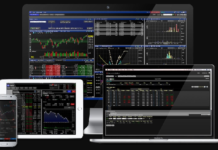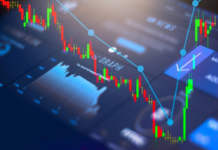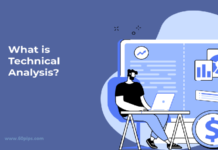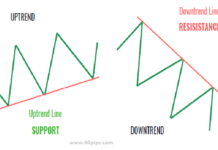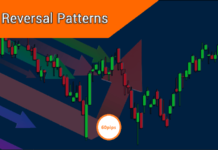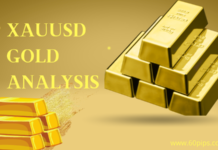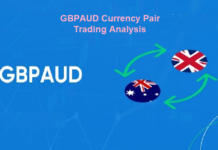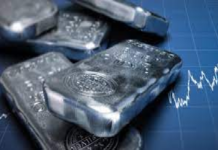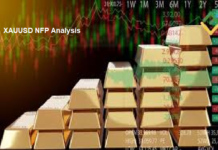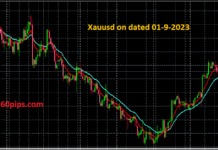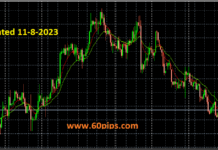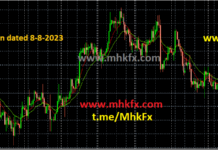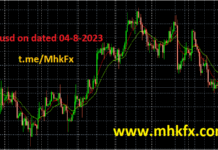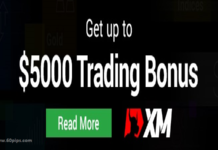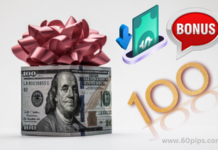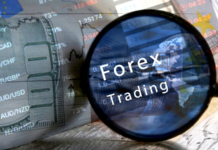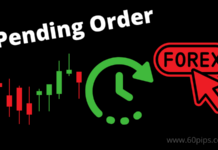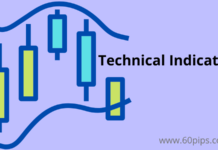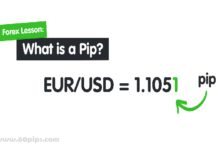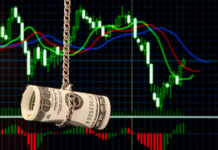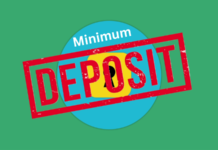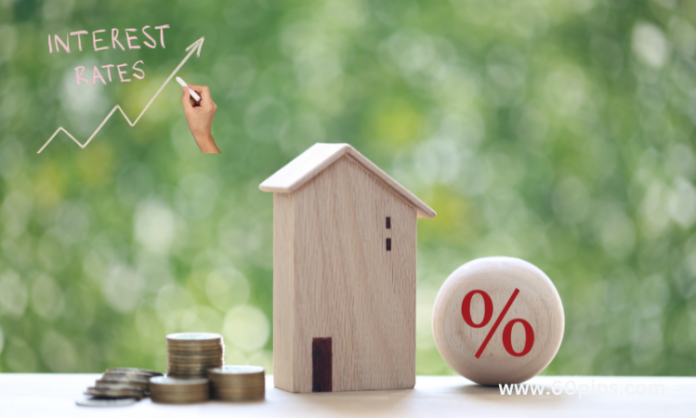
Interest rates and forex trading are closely intertwined. Changes in interest rates can have a significant impact on the forex market, and traders need to be aware of these changes to make informed decisions. In this article, we will explore how interest rate hikes trigger volatility in forex trading and what traders can do to navigate these volatile periods.
Interest Rate Hikes
Interest rate hikes refer to an increase in the interest rate of a currency by the central bank or monetary authority. This increase in interest rates is often implemented to combat inflation or stabilize the economy. Interest rate hikes can have a profound impact on the forex market because they affect the value of the currency.
When a country raises its interest rates, its currency tends to appreciate because higher interest rates make the currency more attractive to investors seeking higher returns. Conversely, when interest rates are lowered, the currency tends to depreciate. As a result, interest rate hikes can trigger significant movements in currency pairs.
Examples of interest rate hikes that have had a significant impact on forex trading include the Federal Reserve’s interest rate hikes in 2018 and the Bank of Japan’s interest rate hike in 2006.
Volatility in Forex Trading
Volatility refers to the degree of price movement in a currency pair over a given period. In forex trading, volatility is an important factor to consider because it can lead to significant gains or losses. Volatility is influenced by a variety of factors, including economic data releases, geopolitical events, and changes in interest rates.
Interest rate hikes can trigger volatility in the forex market because they often lead to changes in the value of the currency. When interest rates are raised, investors may seek to buy the currency, causing it to appreciate. This can lead to increased volatility in the currency pair as traders adjust their positions.
Examples of volatile periods in forex trading due to interest rate hikes include the period following the Bank of Japan’s interest rate hike in 2006 and the period following the Federal Reserve’s interest rate hikes in 2018.
Strategies for Trading during Volatile Periods
Trading during volatile periods can be challenging, but it is possible to develop strategies that can help mitigate risk. Traders should have a clear strategy in place for trading during volatile periods and should also employ risk management techniques to limit losses.
Some strategies that traders can use during volatile periods include trend following, breakout trading, and mean reversion trading. Each of these strategies can be effective in different market conditions, and traders should choose the one that is best suited to their trading style.
Risk management techniques, such as using stop-loss orders and position sizing, can also be effective in mitigating losses during volatile periods.
Conclusion
In conclusion, interest rate hikes can have a significant impact on the forex market, triggering volatility and creating both opportunities and risks for traders. It is crucial for traders to stay informed about interest rate changes and their potential impact on the currency pairs they trade.
By developing strategies and employing risk management techniques, traders can navigate volatile periods and mitigate losses. As with any trading strategy, it is important to have a plan in place and to continually adapt and adjust that plan as market conditions change. Ultimately, successful forex trading requires a combination of knowledge, skill, and discipline.
Click to sign up with ICMarkets
Related Post:
Effective equity management key to minimizing risks in forex trading
Traders Praise Blackbullmarkets Transparency and Low Fees in Latest Broker Review

